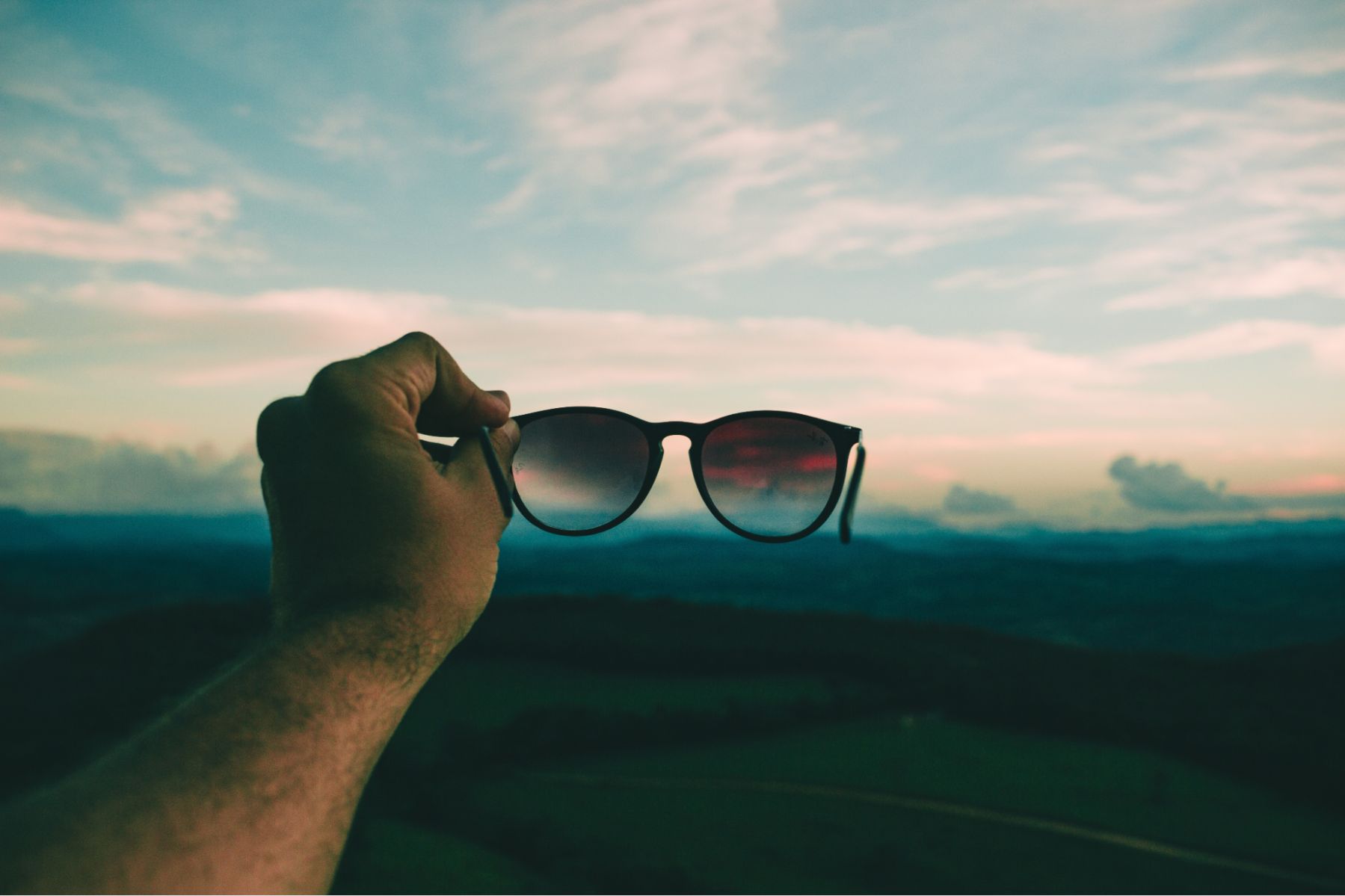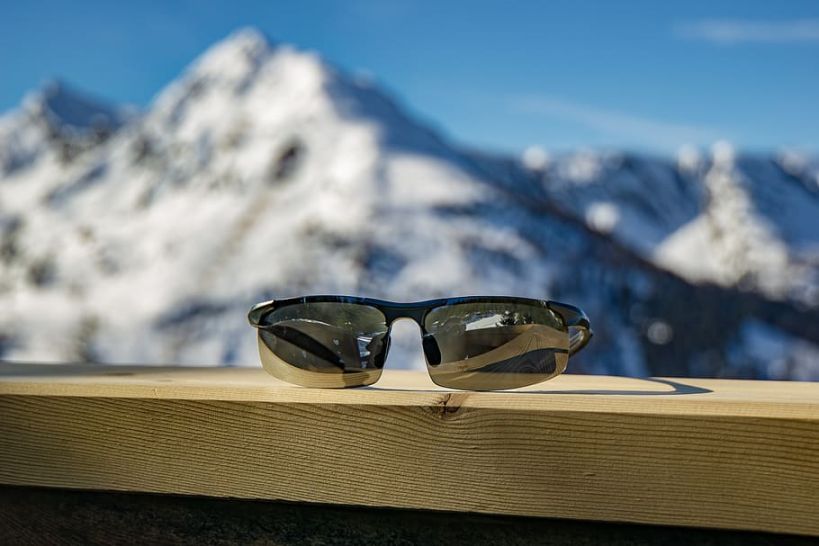The Pros and Cons of Wearing Polarized Lenses in Sport

You might have noticed athletes wearing sleek sunglasses with polarized lenses during their games. Sure, they look cool, but there is a bigger reason behind it. Let’s have a look at how they work, and what are the pros and cons of wearing polarized lenses.
We've all been there – battling the sun's glare by squinting, especially when trying to keep an eye on that elusive ball in mid-air.
That’s where polarized sports glasses drop in, saving you from all this annoyance and much more. After reading this blog, you will learn all about what these glasses are, how they work, and how wearing them brings a change.
What is special about polarized lenses, and how do they work?

olarized lenses for sports glasses give you extra protection compared to standard sports eyewear. These lenses reduce glare on reflective surfaces - like water or the road. In theory, this enables you to see objects and your surroundings clearer, sharper, and unhindered.
Have you ever noticed how sunlight bouncing off water, roads, or cars can mess with your vision, making things fuzzy? This glare can be a real pain for those who play water sports or go biking.
Polarized lenses are tailored for outdoor sports enthusiasts, and made from a special coating that limits the sun’s glare from reaching your eyes.
How does that happen? Glare moves horizontally toward your eyes, and polarized lenses only let the safe, vertical light pass.
Pros of polarized lenses in sports

Polarized Lenses have created a lot of hype for themselves in the sports industry, and it’s easy to understand why. Here are some factors that contribute to their rising popularity:
Enhanced eye comfort – Glare creates trouble for the eyes, creating strain. Polarized lenses can help you see better, meaning you can focus on your performance.
Minimizing the eye’s exposure to harmful light can prevent headaches and reduce total fatigue. It is especially helpful in endurance outdoor sports like rowing and marathon running.
Polarized lenses are effective in snowy areas – Although these are not ideal for skiers or snowboarders for reasons discussed in the cons section below, they are excellent for playing or traveling in winter months, mainly when there is lots of snow around.
Snow not only creates glare, but it also reflects more than 80% of UVA and UVB rays. Extended exposure to sunny snow conditions can be harmful, but polarized lenses with added coatings effectively block harmful rays.
They come in various colors- These lenses come in different colors. You can choose the color of the lenses according to the specific needs of your sport.
Grey lenses can reduce brightness to improve your vision in light conditions (except low light). Brown lenses are suitable for slightly cloudy days, and green lenses are preferred in extreme glare.
Help see better through certain surfaces – Polarized lenses can also help you see through certain surfaces, such as water, or metal surfaces like a car. They can be good for water sports like kayaking and fishing, which is done in flat water and where no depth perception is needed.
Cons of polarized lenses in sports

While polarized lenses offer athletes numerous benefits, it is important to address their limitations as well, and they include:
They make it difficult to view LCD Screens – This may be an issue in some sports where watching the score or stats on large LCD screens is vital. Viewing content on some smartphones or GPS devices may be an issue.
Distorted vision in specific environments- Polarized lenses can, in some cases, distort vision. When glancing through a car window or windshield, one may see strange patterns due to glass tempering.
In some specific instances, they may distort vision by showing unusual patterns (on the road) if you are biking or driving in harsh sunlight.
For skiers, polarized lenses are not best suited for icy areas. The polarized lens makes it hard to differentiate ice from snow, making it potentially dangerous for skiers. In such cases, skiers wear polarized glasses specifically crafted for skiing.
Hard to distinguish depth of surfaces – By removing glare, polarized lenses also take away the ability for many sports people to correctly distinguish depth and contrast.
Golf players need the glare from the blades of grass to see slopes and judge the greens better. Polarized lenses make it harder (and dangerous) for surfers to judge wave depth.
Some people are allergic to it - Nearly 2% of the population may experience discomfort and difficulty adjusting to polarized lenses. This is a sign of an "allergic" reaction. If you find yourself in this situation, you need to reach out to your eye doctor right away.
Get Glare Free Vision on Every Playing Field
Like all things, polarized eyewear has its advantages and limitations, but for many sporty individuals, the lenses enhance vision and performance. Whether you are out on the sunny football field, surrounded by floodlights at a baseball pitch, or skiing through the alpines - there is a specific pair of polarized sports eyewear tailormade for every sort of platform.
With decades of experience providing protective sports eyewear tailored for each customer’s needs and tastes, A Sight for Sporteyes offers a wide variety of options when it comes to polarized lenses.
If you are looking for an accessory that gives you that much-needed protection from glare, polarized lenses can provide it for you. Check out our diverse collection, and get your tailored pair now!
06 Mar 2024
Categories: Sports Eyewear